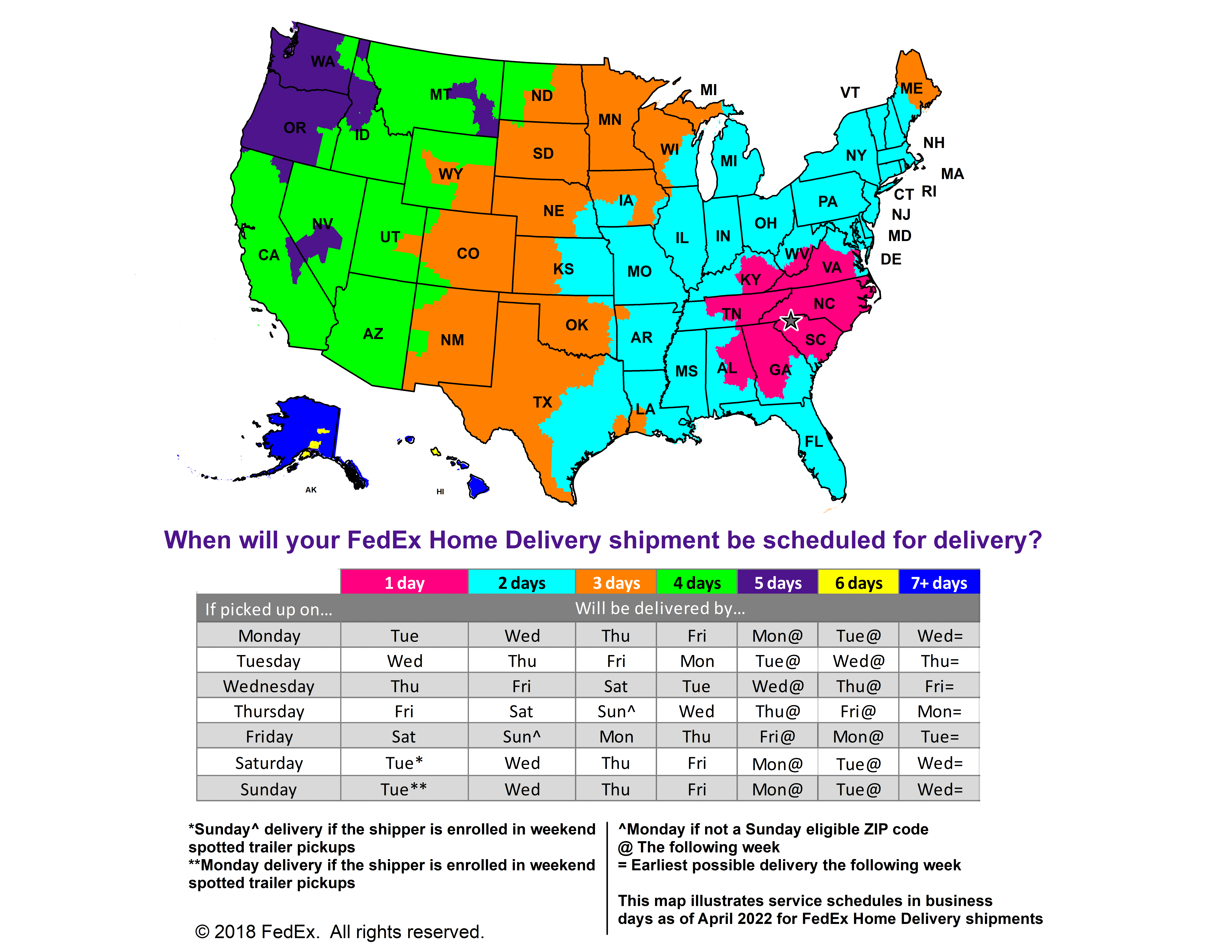8 Essential Tips for Baby Proofing A Nursery
Whether you’re renovating your baby’s nursery or starting from scratch, there are a lot of safety issues to consider. You probably already know about using outlet covers and keeping cords out of reach, but we know a few things that are often overlooked. Check out our 8 essential tips for baby proofing a nursery.
1. Look out for lead. Flaking paint is a tempting snack for a toddler and the invisible dust can be even more of a threat. If your home was built before 1978, have it tested for lead paint. Paint over problem areas to contain lead dust. Still, that’s not a permanent solution for areas that receive constant friction like door jambs and windows. Seek professional help for remediating trouble zones.
2. Know what’s under your toes. Synthetic carpets and padding can both contain and capture toxic chemicals. Hard floors are safer and easier to clean. Add padding using a natural-fiber rug with a pad made of untreated wool or camel’s hair felt.
3. Be careful with your crib choice. Here are the guidelines from the American Academy of Pediatrics (AAP):
- Bars should be spaced no more than 23/8 inches apart.
- The mattress should be very firm and should not sag under your baby’s weight. It should fit snugly, with no space between it and the crib walls.
- The top of the crib rail should be at least 26 inches from the top of the mattress. Periodically lower the mattress as your child gets taller.
- The headboards and footboards should be solid, with no decorative cutouts. Corner posts that could cause injury or snag clothing should be removed.
- Do not use cribs with drop rails. These are not safe.
- Crib bumpers (or bumper pads) may seem as though they can help protect babies from drafts and bumps, but they should not be used in cribs. There is no evidence that bumper pads can prevent serious injuries, and they pose a risk of suffocation, strangulation, or entrapment. In addition, older babies can use them for climbing out of the crib.
- Place the crib away from windows, where direct sunlight and drafts can make your baby uncomfortable. A crib can become uncomfortably hot if placed too near a radiator. Also make sure that there are no strings from blinds or curtains close by that can wrap around the baby’s neck.
- Fit your baby’s crib with a firm mattress and make sure there’s no space between the mattress and crib walls. Your baby should never sleep on a water bed, sheepskin, pillow, sofa, armchair, or other soft surface. Thick blankets, duvets, comforters, pillows, and large, soft, stuffed toys should never be used in babies’ cribs; a baby can easily be smothered if trapped under bulky bedding or when his face is pressed up against a pillow.
4. Look it’s a bird, it’s a plane...no it’s something that might fall on your baby. Never hang anything directly over your baby's crib that could fall and injure them. This is especially important with shelving, large mirrors, etc. You’ll probably want a mobile -- which is fine, it’s much lighter -- just make sure it’s hung securely.
5. Install a ceiling fan. Research has shown that a ceiling fan can protect your baby from SIDS risk factors like poor air circulation and overheating.
6. Go au naturel. Using natural, solid wood furniture is a safer option for your baby’s nursery because pressed woods are made using glues that off-gas things like formaldehyde (a known carcinogen). However, if you happen to have pressed wood or particleboard furniture, you can coat it with something like ECOS Paints MDF Passivating Primer with enhanced VOC filtering technology.
7. Anchor away. Tall furniture such as dressers and bookshelves should be anchored to the wall to prevent them from falling over your child.
8. Get an ant’s view. Get up close and personal with what’s on and around your floors. For example, stray staples, wire clips, and nail heads are often found along baseboards. Make sure to take them out or hammer them flush and then sand the area after for a smooth finish.
For additional information on creating a healthy and safe nursery, check out Healthy Child Healthy World’s “Easy Steps for a Healthy & Safe Nursery” E-Book. It covers everything from furniture & decor to baby gear & care products, and so much more.
Have any other tips for baby proofing a nursery? Share them in the comments below!
The information provided on this site is intended for your general knowledge only and is not a substitute for professional medical advice or recommendations. Please consult your healthcare provider with any questions or concerns you may have regarding the issues raised here.


























